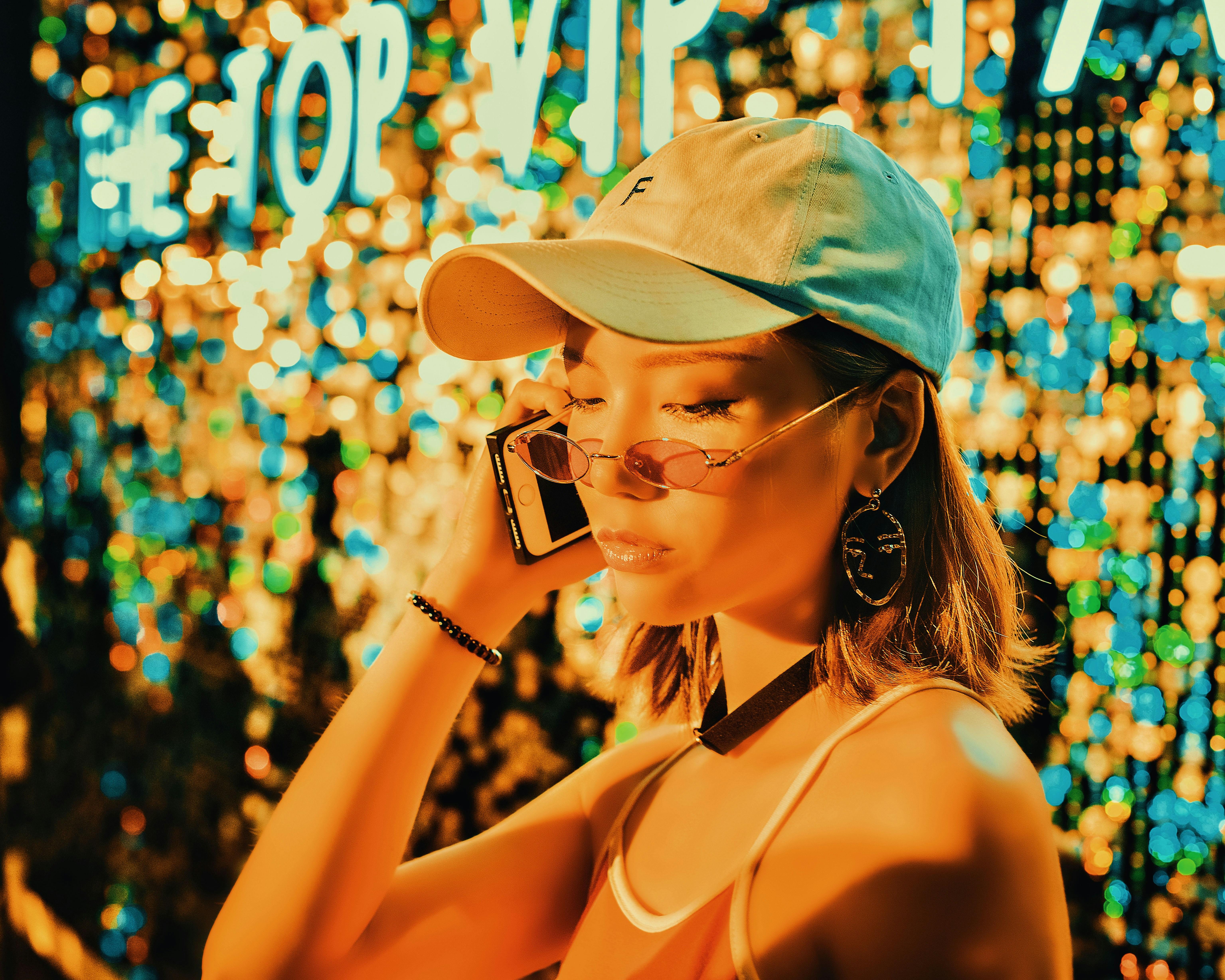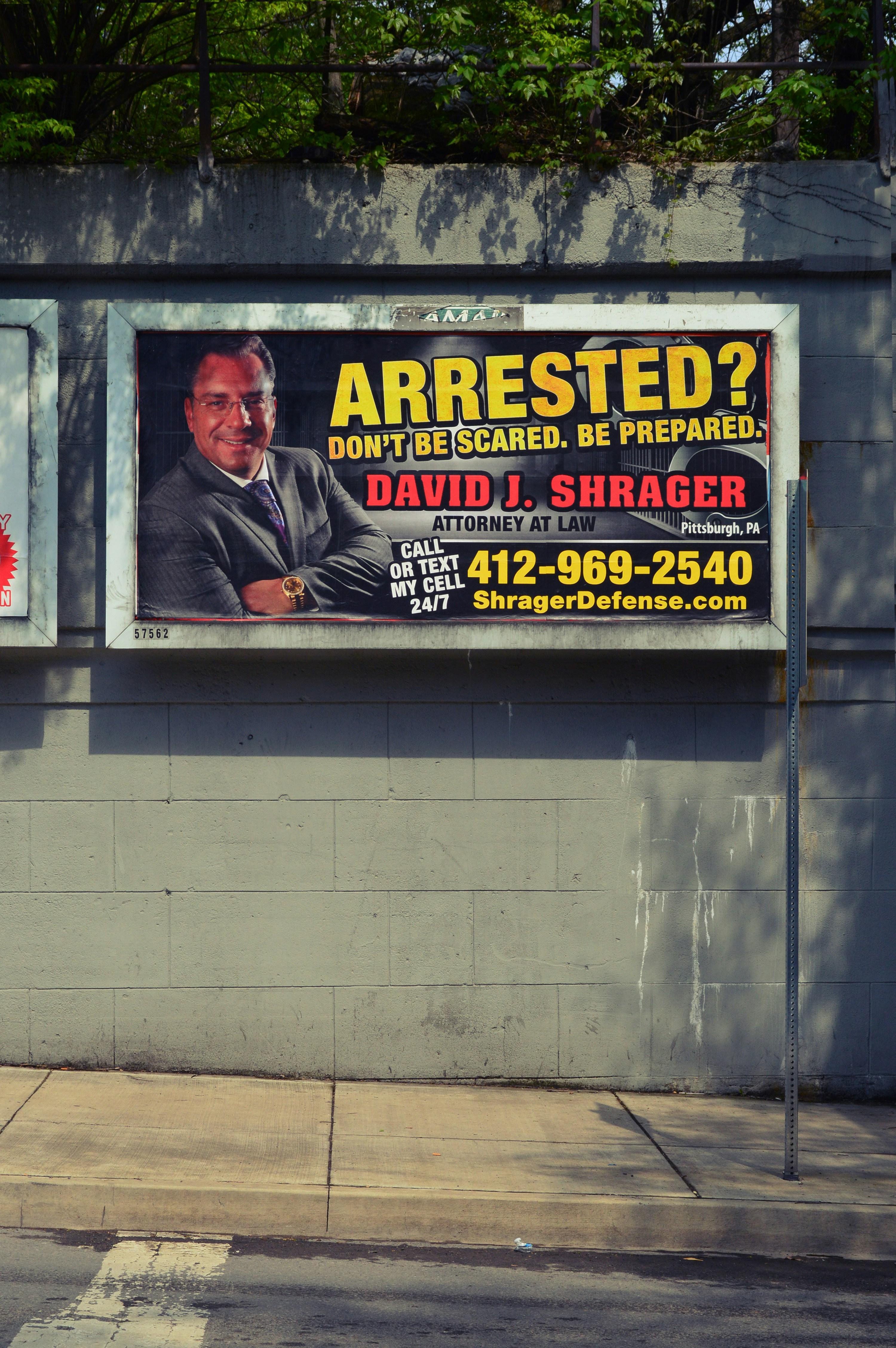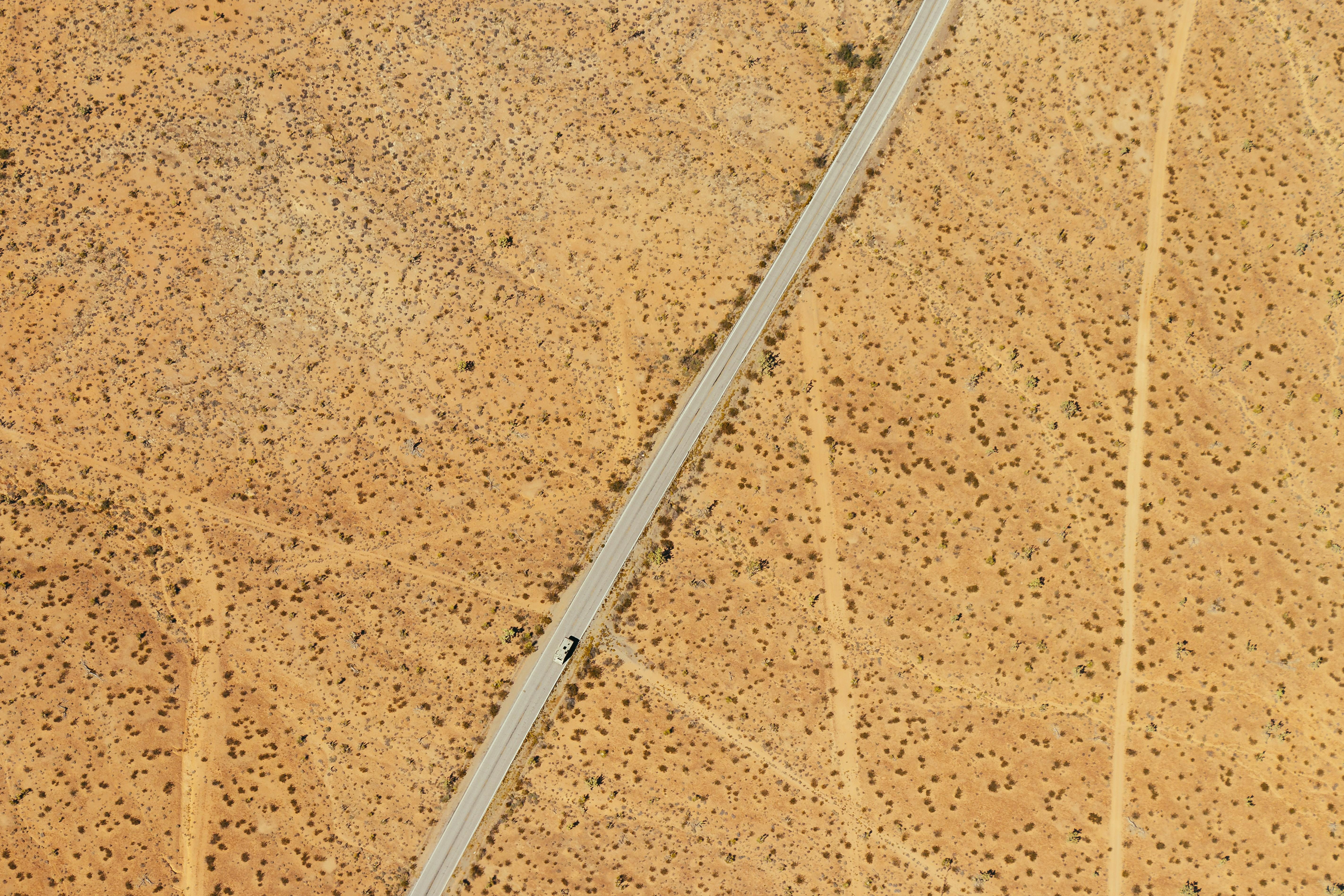The critically acclaimed television series “Better Call Saul” has captivated audiences and critics alike, not only for its compelling storytelling and rich character development but also for its intricate connections to its predecessor, “Breaking Bad.” As a prequel, “Better Call Saul” delves into the origins of the morally ambiguous lawyer Saul Goodman, known in his earlier life as Jimmy McGill. This series offers a profound exploration of character transformation and ethical dilemmas, enriching the narrative universe first established by “Breaking Bad.” By examining the thematic continuities and narrative innovations between the two series, this article seeks to analyze how “Better Call Saul” builds upon the foundational elements of “Breaking Bad,” enhancing the viewer’s understanding of both worlds. Through meticulous character arcs, nuanced storytelling, and a deep dive into the socio-legal landscapes of Albuquerque, “Better Call Saul” not only pays homage to its predecessor but also carves out its own distinct identity within the broader canon.
Character Development and Depth
One of the standout elements of Better Call Saul is its ability to enhance and expand the characters introduced in Breaking Bad. The series delves deeper into the psyche of Saul Goodman, originally known as Jimmy McGill, offering a profound exploration of his transformation from a well-meaning attorney to a morally ambiguous lawyer. Jimmy’s character arc is intricately woven with themes of ambition, morality, and identity, allowing viewers to witness the gradual erosion of his ethical boundaries. Through this, the series not only builds on his character but also provides a nuanced perspective on how personal and professional setbacks can shape an individual’s trajectory.
- Kim Wexler: Her character adds a layer of complexity, serving as a moral counterbalance to Jimmy, while also battling her own ethical dilemmas.
- Mike Ehrmantraut: The series delves into his backstory, exploring his motivations and the personal tragedies that drive his actions.
- Chuck McGill: His relationship with Jimmy is central to the narrative, offering insight into family dynamics and the impact of sibling rivalry.
Better Call Saul does not just rest on the laurels of its predecessor but instead enriches the universe by providing these characters with depth and dimension. Through carefully crafted storytelling and character development, it elevates the narrative, allowing fans to appreciate the intricate layers of personality and motive that drive the storyline forward.

Narrative Complexity and Structure
The narrative complexity of ”Better Call Saul” is a masterclass in storytelling that intricately builds upon the foundation laid by ”Breaking Bad.” The series employs a non-linear timeline that weaves together past, present, and future events, creating a rich tapestry that deepens character development and enhances thematic exploration. This narrative structure allows for a profound examination of cause and effect, where every decision made by the characters reverberates throughout the timeline, offering viewers a multifaceted understanding of the story. By interspersing flashbacks and flash-forwards, the show invites audiences to piece together the puzzle of Jimmy McGill’s transformation into Saul Goodman, creating a dynamic viewing experience that keeps them engaged and invested.
- Character Development: The narrative complexity allows for deep dives into the characters’ motivations, providing a nuanced portrayal of their evolution.
- Thematic Resonance: Themes such as morality, identity, and consequence are explored through the interwoven timelines, adding layers to the storytelling.
- Audience Engagement: The non-linear structure encourages active participation from the audience, who must connect the dots between events and character arcs.
In building upon the universe of “Breaking Bad,” “Better Call Saul” leverages its narrative structure to explore new dimensions of storytelling, creating a series that is both a standalone masterpiece and a complementary expansion of its predecessor.

Visual and Cinematic Techniques
The visual storytelling in Better Call Saul elevates its narrative, drawing heavily from the stylistic blueprint laid by Breaking Bad while forging its own distinctive path. The use of color symbolism is paramount; where Breaking Bad used green to signify money and greed, Better Call Saul employs a broader palette. Saul Goodman’s vibrant suits reflect his flamboyant yet morally ambiguous persona, while the muted tones of his brother Chuck’s world symbolize isolation and decay. This meticulous attention to color enriches the character development and thematic depth, subtly guiding viewers through the moral complexities of the narrative.
- Camera Angles and Framing: The series often employs wide shots to emphasize the isolation and smallness of its characters within the vast legal and criminal landscapes.
- Montage Sequences: Inspired by Breaking Bad, Better Call Saul utilizes montages to efficiently convey time and process, offering insights into Saul’s transformation and the meticulous nature of his schemes.
- Sound Design: The meticulous soundscapes enhance tension and immerse viewers in the world, often highlighting the contrast between silence and chaos.
By blending these techniques with a more contemplative pacing, Better Call Saul crafts a visually compelling narrative that not only complements its predecessor but also stands on its own as a masterclass in visual storytelling.

Thematic Continuity and Expansion
In the universe of Vince Gilligan’s creations, thematic continuity serves as a bridge between the worlds of “Breaking Bad” and ”Better Call Saul”. The prequel meticulously expands on themes such as morality, identity, and consequence, which were pivotal in “Breaking Bad”. Morality is explored through the transformation of Jimmy McGill into Saul Goodman, mirroring Walter White’s descent into Heisenberg. This evolution poses questions about the nature of good and evil, challenging the audience to consider the circumstances that blur ethical lines.
Identity is another core theme, as both series delve into the characters’ struggles with their true selves versus their constructed personas. Saul Goodman’s flashy bravado contrasts with Jimmy’s earnest beginnings, just as Walter White’s meek chemistry teacher persona hid his darker ambitions. Consequence ties these themes together, as actions in both series ripple outward, affecting not only the protagonists but also the world around them. This thematic expansion is not just a mere continuation but a deepening exploration of the human condition, inviting viewers to reflect on the complexity of character development and the inevitable repercussions of their choices.
- Morality: The transformation of Jimmy McGill.
- Identity: Struggles between true self and constructed persona.
- Consequence: Ripple effects of character actions.
